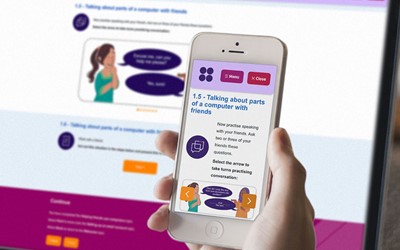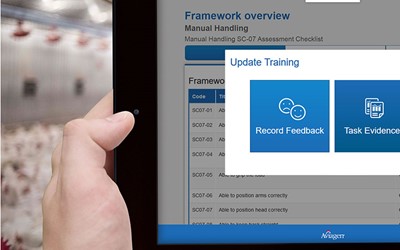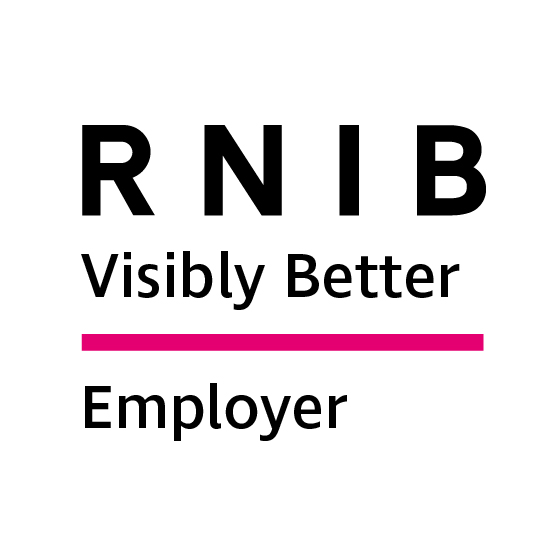Investing in People
They say that people are an organization's greatest asset, but not every leader knows how to leverage or develop talent for long-term value and growth; and not every leader fully appreciates what potential high-performing employees can add to the bottom line.
Many senior leaders today simply believe that their talent, workforce, and people development efforts do not adequately address critical skills or build organizational capabilities. If this is your organization, and you’re at a crossroads, it might be time for a new approach – and it might be time to strategically invest in your people.
Posted 12 July 2022
People Investments and Organisational Success
In today's business economy, your company or organisation is likely feeling the effects of the changing workforce. This new “always on” global job market exposes businesses to challenges like skills shortages, lack of productivity and even low-performing employees. With these challenges, organisations must consider how to attract and retain top talent and how to keep them engaged, motivated and highly productive to remain competitive.
Investing in your people is a give-and-take process; employers invest in their employees and those individuals reciprocate through their willingness to perform meaningful work, raising the overall quality, performance, and bottom line for your organisation. Employees who are given meaningful work are also happier, more productive and innovative. With this in mind, here are several more reasons why people investments are important to your organisational success:
1. Learning and development opportunities are a competitive differentiator
A vibrant learning and development culture is an important part of what makes a company a great place to work. L&D programmes are in high demand from candidates and employees, becoming one of the top benefits sought after from their current and future employers. People want to build new skills, grow their careers, and feel like they’re continuously learning and contributing. The reality is that opportunities to learn and grow are extremely important for many when deciding whether to apply for a job.
These days, the cost of modern workforce solutions is no longer seen as an expense, but more than ever before as an investment in your people. And these people investments provide you with a competitive advantage over other companies who may not offer similar opportunities for their staff.

2. Hiring is more expensive than employee retention
It is difficult to measure the actual costs of employee turnover, but losing productive employees is not a good thing especially when you consider that employee turnover can often be reduced by investing in your people.
Retaining employees is more cost-effective than the costs associated with separation, recruitment, and the hit to productivity. Most employees say they will stay longer at a company that invests in them. People investments not only boosts employee loyalty and productivity, but it is incredibly important to boost employee confidence in themselves and trust in their employer.
Employees who feel they are part of a company's long-term vision and not just another source of revenue, will be more invested in their work and respect the company. This leads to higher levels of productivity, increased employee loyalty and lower staff turnover, which ultimately will have a positive financial impact on the business.

3. Reduced workplace risk
When employees are not proactively trained to use equipment correctly and how to conduct themselves in the working environment, you can expect to see a rise in the number of workplace incidents and accidents.
Though proper workplace behaviour may seem obvious or inherently known, companies who are proactive in training their employees to maintain a safe and inclusive work environment, for example, by implementing an ethics training program, can improve compliance with industry standards in safety and workplace behaviour and minimise the risk of any legal proceedings. HR departments therefore need to create a clear, comprehensive compliance training program to ensure employees understand how to remain safe in the workplace.

4. Improved customer service and satisfaction
At any given moment, a customer might want to contact your company for any number of reasons. Depending on the industry, customers might want to speak with sales representatives or account managers; or they might need support representatives to assist with technical problems. Therefore, communicating effectively with customers is crucial to building stronger relationships while increasing sales and revenue. Your employees across all departments should be knowledgeable enough about your company’s products and services to have a fruitful conversation with potential clients and customers.
After training, your employees will be better equipped to interact with customers and provide a better service by being able to answer all questions accurately and appropriately. Empowering every employee in this way, will have a significant positive impact on customer satisfaction.

5. Training your employees improves productivity rates
When it comes to boosting the productivity of your business, it all starts with people. People need the right tools and a conducive working environment to deliver their best results. Looking at the top-performing companies of the world, those winning awards and accolades, it is invariably organisations that are known for enjoying a high-performance workplace. These companies have adopted smart strategies for managing their workforce and have embraced technology to increase productivity, boost efficiency, and improve engagement.
Offering your employees the chance to learn new skills, develop their talents and improve as professionals will help them become more productive, successful and therefore more valuable to you as an employer.
6. Improved job satisfaction
Since L&D programs help employees acquire the knowledge and skills they need to excel in their role, those provided with such opportunities report having a much greater understanding of how their work fits into the organisation's big picture and subsequently much higher levels of job satisfaction. This in turn boosts employee morale and helps create a more positive working culture.
Investing time and money in employee development also helps improve performance and productivity as well as building employee engagement and encourages loyalty to your company. Ultimately this will lead to a happier, more productive and motivated workforce that can create innovative products, improve customer service and overall increase profits.

Using eNetEnterprise workforce management tools to enhance people processes
Workforce management solutions like eNetEnterprise are not only about streamlining and improving internal systems, data flow, and decision-making, but about people. They help you improve the ways in which you attract, identify, develop, engage, retain, and deploy individuals within an organisation. By managing these activities efficiently and strategically, organisations can build a high-performance workplace, foster a learning climate in the organisation, and add value to their brand. eNetEnterprise also helps organisations with skills, competencies, compliance, certifications, onboarding, talent development, upskilling, collaboration, coaching and mentoring, sales training, partner education, and customer training.
Workforce management is central to ensuring that employees can successfully meet the challenges of their jobs and that they are properly aligned with the business goals of the organisation. It is an extremely important function because it ensures the existence of a sustainable and successful employer-employee relationship, and it reflects the changing nature of work. Creating employee-centric operations has become a strategic imperative for businesses who want to outperform their competition, boost employee satisfaction, increase productivity, and reduce costs.
Recent Posts
eCom Learning Solutions: Staying ahead in a constantly evolving landscapeLevel up your event management with eNetLearn
White-labelling: The secret to training learners actually trust
Turning AI into potential gain
Seamless HR Integration: Streamlining workforce enrolment with eCom's eNet Product Suite












